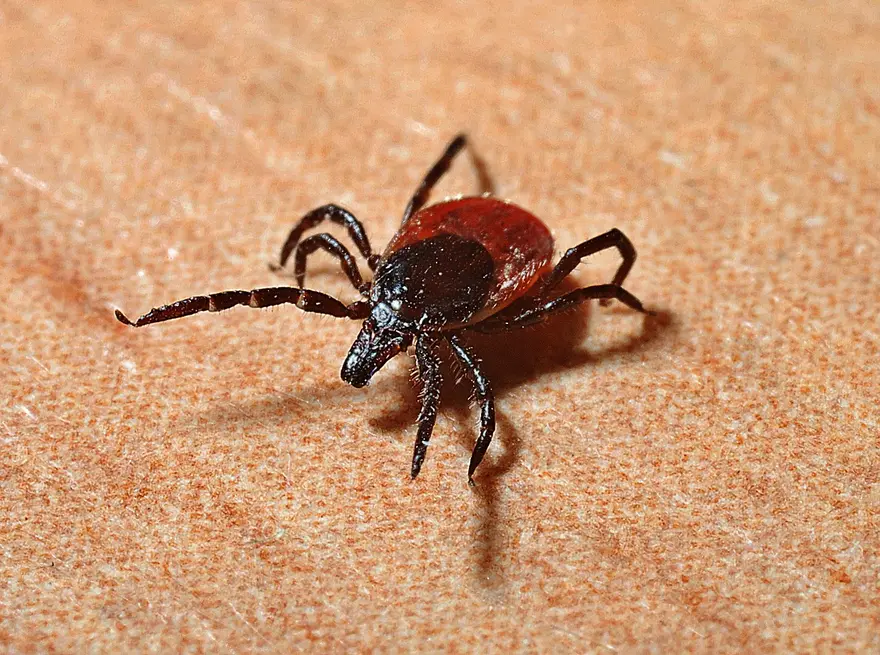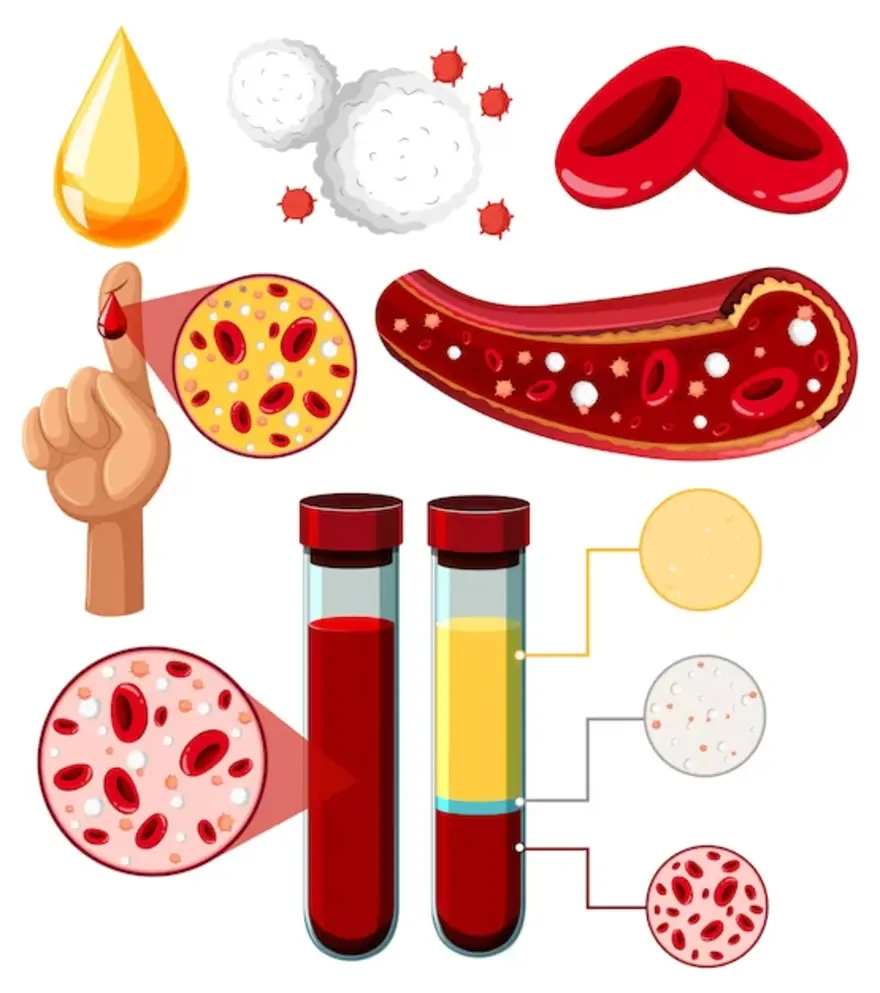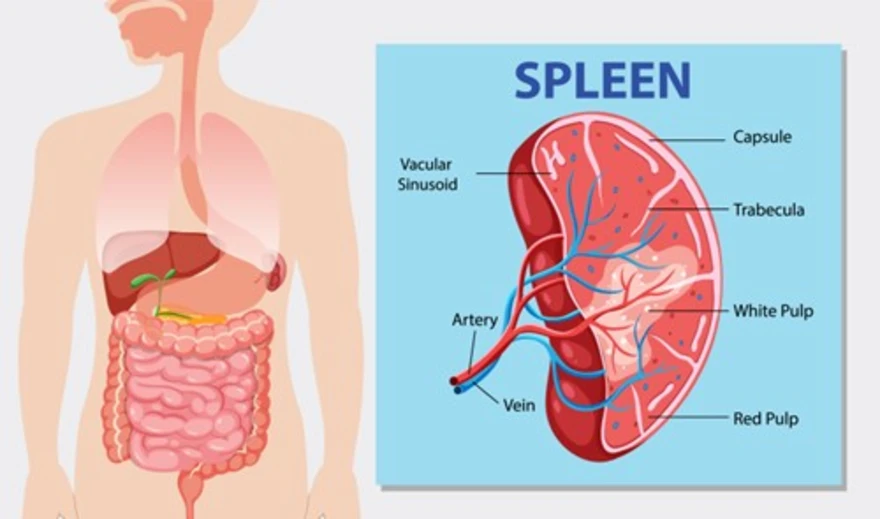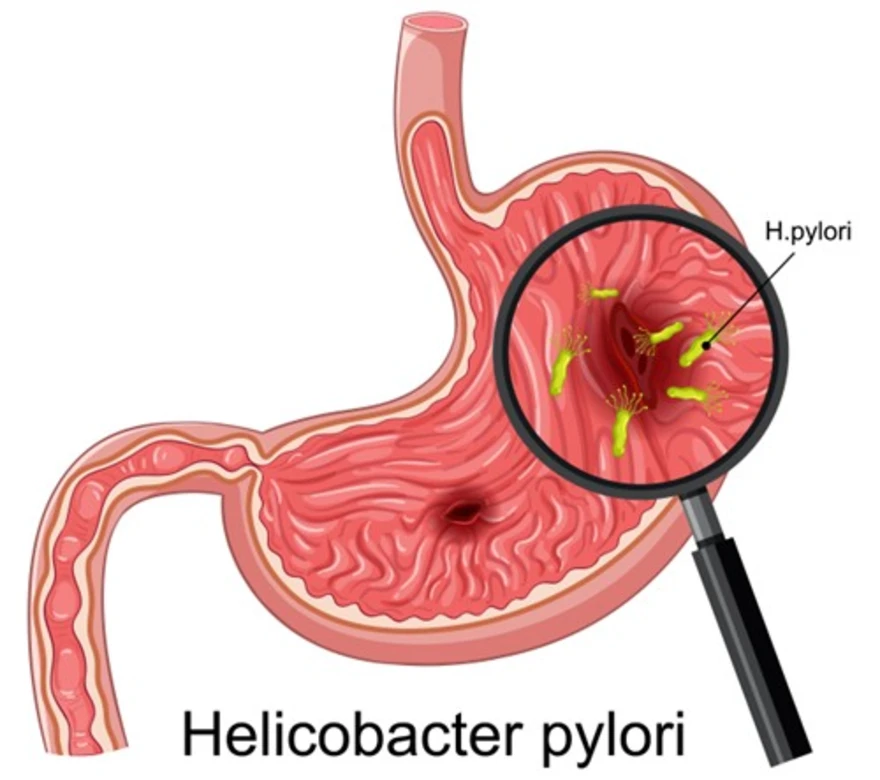Preventive Healthcare
Everything You Need to Know About Lyme Disease

Table of Contents
- What is Lyme disease?
- What are the stages (phases) of Lyme disease?
- How common is Lyme disease?
- What are the symptoms of Lyme disease?
- How is Lyme disease diagnosed?
- How is Lyme disease treated?
- Can Lyme disease be prevented?
- What is the outlook for someone with Lyme disease?
- Chronic Lyme disease
- When should you see your doctor?
- Can Lyme disease completely be cured?
- Conclusion
Lyme disease is a tick-borne illness that has become a growing concern worldwide. Therefore, it is important to stay updated on the latest information on how this disease is treated, its complications, and its impact on your long-term health. This guide aims to equip you with everything you need to know about Lyme disease.
What is Lyme disease?
Lyme disease is a bacterial infection which is primarily transmitted through the bite of infected black-legged ticks. Lyme disease was first identified in 1975 when a cluster of arthritis cases occurred in Lyme, Connecticut in the USA. Researchers later linked it to tick bites and identified the bacterium Borrelia burgdorferi as the main cause of Lyme disease. If untreated, this disease can progress to affect your joints, your nervous system, and other organs, leading to severe complications.
What are the stages (phases) of Lyme disease?
There are three stages of Lyme Disease:
- Early Localised Stage: Fever and tiredness, accompanied by a distinctive reddish circular rash.
- Early Disseminated Stage: Bacteria spreads to your joints, heart, and nervous system.
- Late Disseminated Stage: Persistent arthritis, neurological problems, and other complications may develop if the infection remains untreated.
How common is Lyme disease?
In India, Lyme disease is very rare. However, it is quite common in the United States with tens of thousands of cases reported annually. The actual number may be higher due to underreporting.
What are the symptoms of Lyme disease?
Some common Lyme disease symptoms are:
Early Localised Stage (3 to 30 Days):
- Erythema Migrans (EM) Rash: Often the hallmark symptom of Lyme disease, this circular, red rash with a bull's-eye appearance develops at the site of the tick bite. However, not everyone with Lyme disease develops this rash.
- Flu-like Symptoms: Fever, fatigue, headaches, muscle and joint aches, and swollen lymph nodes may occur.
Early Disseminated Stage (Weeks to Months):
- Multiple EM Rashes: In some cases, more than one rash may appear at different sites of the body.
- Neurological Symptoms: Facial muscle drooping (Bell's palsy), numbness or tingling in the extremities, and problems with memory and concentration.
- Heart Issues: Palpitations, irregular heartbeats, or chest pain due to the inflammation of heart tissues.
- Neck Stiffness: Tightness or discomfort in neck muscles.
Late Disseminated Stage (Months to Years):
- Severe Joint Pain: Chronic arthritis, especially in large joints, can persist.
- Neurological Complications: Cognitive issues like brain fog, sleep disturbances, and mood changes may become more pronounced.
- Other Manifestations: Rarely, you may observe symptoms like eye inflammation, liver inflammation, and extreme lack of energy.
It's important to note that not everyone with Lyme disease will experience all these symptoms, and you may not exhibit noticeable symptoms at all.
How is Lyme disease diagnosed?
Lyme disease diagnosis involves a combination of clinical evaluation, medical history, and laboratory tests.
The distinctive erythema migrans rash may aid in diagnosis, but you may not develop this symptom at all. Blood tests, such as enzyme immunoassay (EIA) and Western blot, detect antibodies against the Lyme bacteria but may yield false negatives in the early stages.
In some cases, healthcare providers may consider polymerase chain reaction (PCR) tests to detect the genetic material of the Lyme bacteria. Despite these methods, Lyme disease diagnosis remains challenging due to the variability of symptoms and limitations in test accuracy. Therefore, testing at least twice is recommended.
How is Lyme disease treated?
Lyme disease treatment is primarily done with antibiotics, and the choice of medication and duration depends on the stage and severity of your infection. In the early stages, oral antibiotics like doxycycline, amoxicillin, or cefuroxime are commonly prescribed. For more severe cases, intravenous antibiotics may be administered for Lyme disease treatment. While you can recover fully with prompt treatment, some individuals may experience a condition known as post-treatment Lyme disease syndrome (PTLDS), requiring additional medical attention.
What should you do if a tick bites you?
- Use fine-tipped tweezers to grasp the tick as close to the skin's surface as possible.
- Pull upward with steady, even pressure, avoiding twisting or jerking, to ensure the mouthparts are removed.
- Thoroughly clean the bite area and your hands with rubbing alcohol, an iodine scrub, or soap and water.
- Save the tick in case identification is needed later.
- Avoid folklore remedies like applying heat or petroleum jelly.
Can Lyme disease be prevented?
While complete Lyme disease prevention is challenging, there are several strategies you can adopt to reduce the likelihood of tick bites. Avoid areas where ticks are prevalent, wear protective clothing, and utilise insect repellents. Awareness of tick habitats and conducting regular tick checks after spending time outdoors are good prevention measures. Additionally, prompt removal of attached ticks reduces the spreading of the bacteria. Early detection and timely medical intervention if symptoms of Lyme disease develop is important.
How can you prevent tick bites?
- Apply EPA-registered insect repellents containing DEET, picaridin, or oil of lemon eucalyptus to exposed skin and clothing.
- Cover all body parts to minimise skin exposure. Light-coloured clothing makes ticks more visible.
- Stay on cleared trails and avoid areas with tall grasses, brush, and leaf litter. Walk in the centre of trails to reduce contact with vegetation.
- Conduct thorough tick checks on yourself, family members, and pets after spending time outdoors. Pay close attention to the hairline, armpits, groin, and behind the ears.
- Consider using tick control products for pets and creating tick-safe zones in your yard by reducing leaf litter, maintaining lawns, and creating barriers like wood chips.
- Consider clothing treated with permethrin, an insect repellent that remains effective even after multiple washes.
- Showering within two hours of being outdoors can help wash off ticks that are not yet attached.
- Inspect and brush off your gear and check your pets for ticks before entering your home.
What is the outlook for someone with Lyme disease?
The outlook for someone with Lyme disease is generally positive with early diagnosis and appropriate treatment. Most individuals recover fully with antibiotics. However, if the disease is not promptly addressed, it can lead to serious complications.
Post-treatment Lyme disease syndrome
Post-treatment Lyme disease syndrome (PTLDS) refers to lingering symptoms that persist after completing the recommended course of antibiotic treatment for Lyme disease. It is seen in about 10 % of affected cases. Despite the absence of active infection, you may experience fatigue, joint or muscle aches, and cognitive difficulties. The exact cause of PTLDS is not fully understood and it usually does not respond to the reapplication of antibiotics.
Chronic Lyme disease
Chronic Lyme disease is a term used to describe persistent symptoms that you may show due to ongoing or recurrent Lyme disease, even after completing recommended antibiotic treatment. However, within the medical community, there is debate over the existence and definition of chronic Lyme disease. The term is not widely accepted, and many experts believe that lingering symptoms are more appropriately addressed as PTLDS. As discussed, PTLDS acknowledges persistent symptoms without implying ongoing infection. In the absence of active infection, prolonged antibiotic use can have risks and may not be beneficial.
When should you see your doctor?
Consult your doctor if you experience symptoms suggestive of Lyme disease, such as fever, fatigue, muscle aches, or a characteristic rash, especially after potential exposure to ticks. Additionally, seek medical attention if you find a tick attached to your skin. Timely consultation allows for proper evaluation, accurate diagnosis, and prompt initiation of antibiotic treatment.
Can Lyme disease completely be cured?
Yes, you can easily cure Lyme disease with appropriate antibiotic treatment, especially in its early stages. However, if the infection progresses or if there are delays in diagnosis and treatment, prominent symptoms may be seen. However, it is not a serious cause of worry.
Conclusion
Understanding Lyme disease is vital for prevention, early detection, and effective treatment. While prompt intervention with antibiotics can often lead to a complete cure, ongoing research strives to address challenges like post-treatment symptoms. If you have been in contact with ticks recently, get a blood test done at Metropolis Labs immediately. Metropolis Healthcare provides best-in-class diagnostic services in the comfort of your home, with accurate and swift digital reports at the best prices!


























